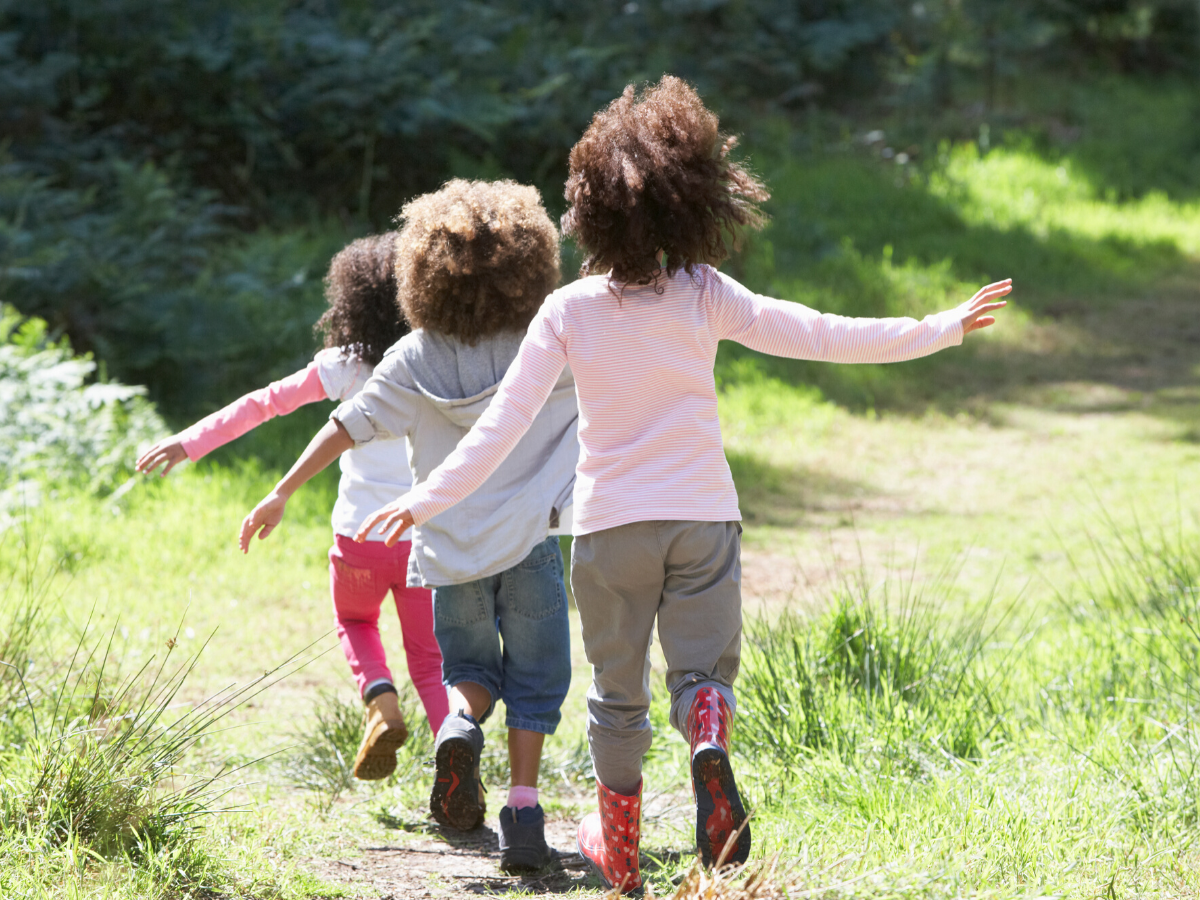
24 Jun Ensuring good hand hygiene when children are going outdoors
[vc_row css_animation=”” row_type=”row” use_row_as_full_screen_section=”no” type=”full_width” angled_section=”no” text_align=”left” background_image_as_pattern=”without_pattern”][vc_column][vc_column_text]Whether you’re immersed in homeschooling or teaching your school class or nursery group, we’re sure that from time to time you’re tempted to move the lessons outdoors, (if it’s not raining!) if only in a bid to achieve better social distancing.
When you do, you must consider how to achieve good hand hygiene for children out of doors and far from either a sink with hot running water and soap or a handy sanitiser dispenser.
Here we offer some tips, thanks to an original article on children and outdoor hand hygiene written by practitioner Juliet Robertson.
At the time of writing, June 2020, we’re writing with Covid-19 particularly in mind, but good hand hygiene is vital at all times to help avoid infections of many kinds.
Hand hygiene outdoors for children
The expert advice is to use running water wherever it is available, washing hands carefully and properly with soap.
When running water won’t be accessible, the health and safety advice is to take reasonable, practical steps to minimise the risk. This means planning your outing in advance: know your route, public facilities you’ll find open on the way, and be prepared before you set out.
‘Running’ water is the ideal solution and should be your aspiration for ‘best practice’. It must, therefore, be fresh and clean – and bottled tap water is suitable for this purpose, but if you’re going further afield and will need to collect water from an outdoor source, this must not be standing water or stagnant; and common sense should alert those responsible to avoid water if it has an odour, is cloudy, or shows any evidence of microbes.
Use a pump dispenser not a bar of soap and use biodegradable soap, but antibacterial soap is not necessary.
Always ensure hands are washed immediately after any interaction takes place with pets or animals outdoors.
Pack lots of paper towels too, so that each child can use their own clean towel every time hands will be washed. If you prefer to take cloth towels, to reduce waste, remember that children must not swap or touch each other’s towels.
What about sanitisers?
Sanitisers, whether they use alcohol or another antimicrobial chemical as the active ingredient, can only make clean hands cleaner – don’t be taken in by the advertising. If hands are contaminated, hand sanitisers will not be fully effective, but the addition of a towel or wet wipe can help to give dirty hands a harder rub.
And handwipes?
Hand wipes can be used, but when hands are truly muddy or covered in wet sand these are not effective either; so hands should be washed again as soon as possible, using soap and water. From an environmental perspective, use only biodegradable wipes.
In Summary
- At all times, encourage children to use the proper hand washing technique. NHS has produced this video which has clear visuals.
- If you’re using handwipes and/or sanitisers, think carefully about which are most suitable.
- All staff, volunteers and children must know the intended hand hygiene procedures before any planned trip commences.
- Always take a large bottle of clean water, soap and some cloth or paper towels with you.
[/vc_column_text][vc_empty_space][vc_separator type=”normal”][/vc_column][/vc_row][vc_row css_animation=”” row_type=”row” use_row_as_full_screen_section=”no” type=”full_width” angled_section=”no” text_align=”left” background_image_as_pattern=”without_pattern”][vc_column]
[/vc_column][/vc_row]


